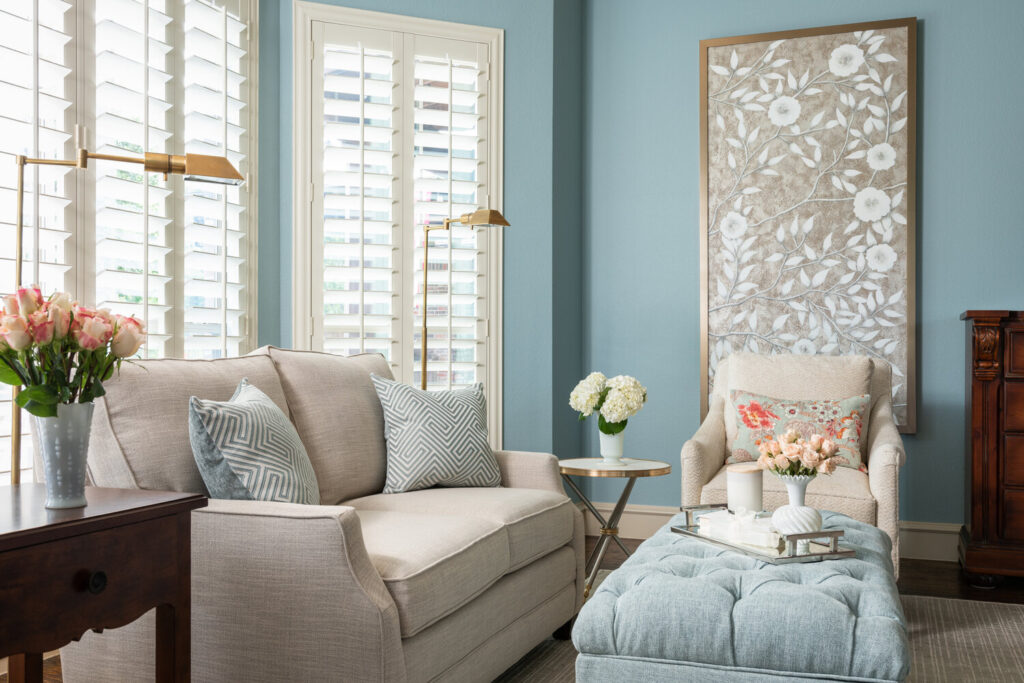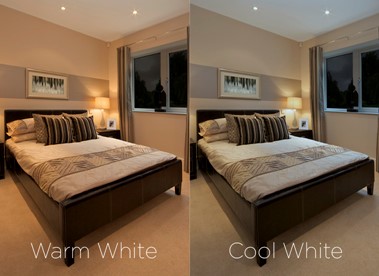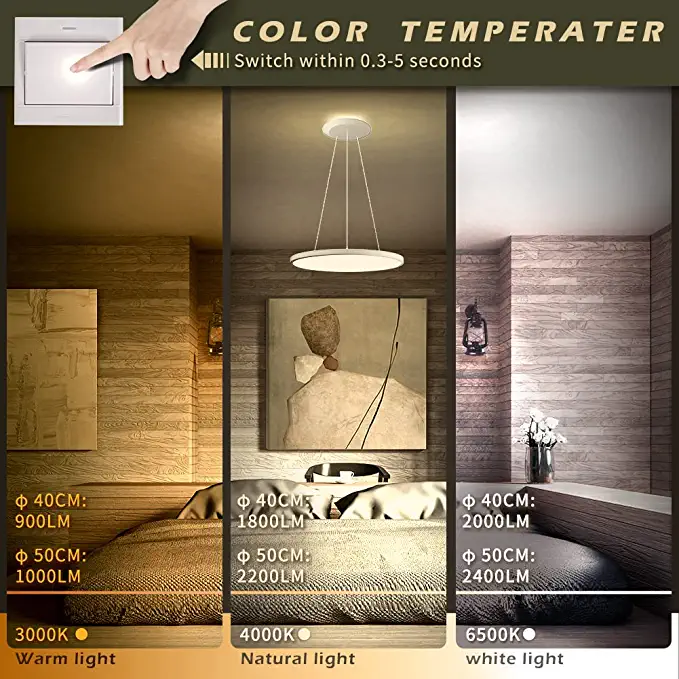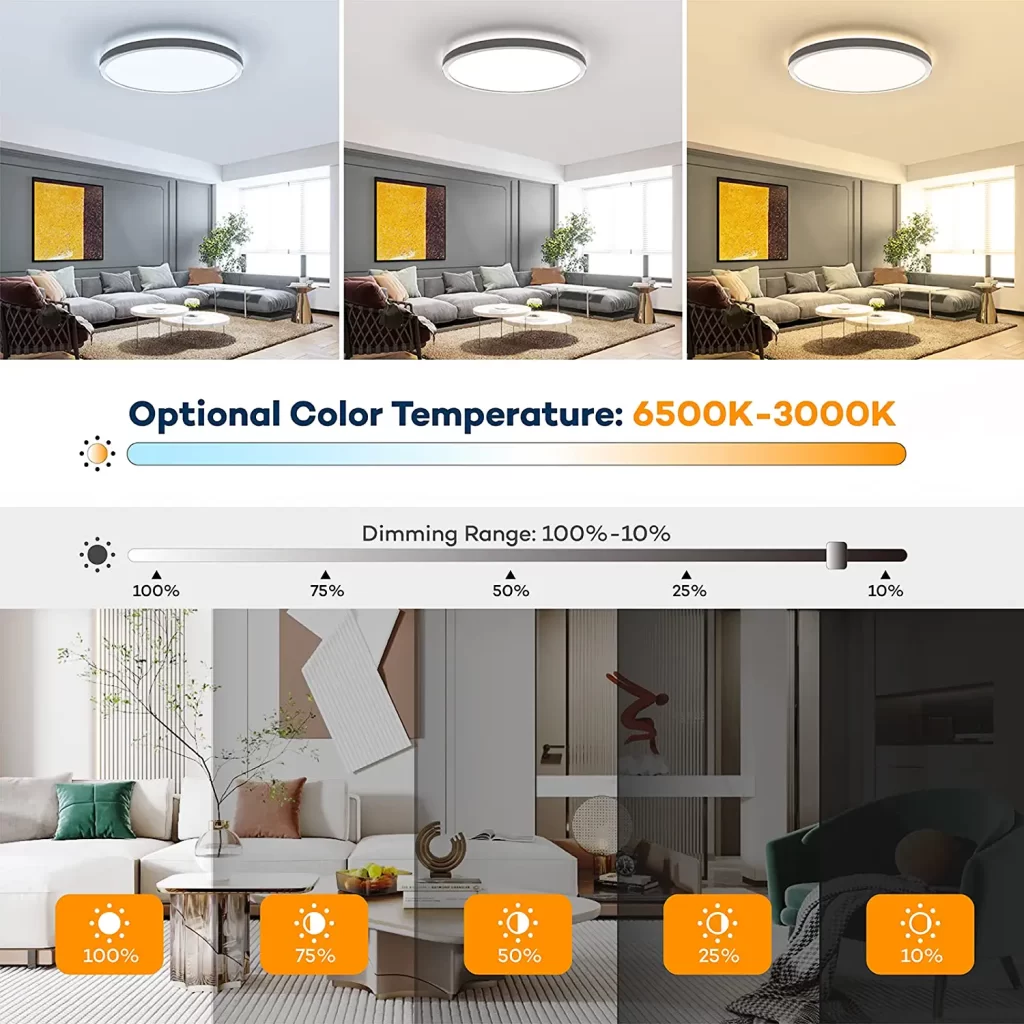I was reminded again this week of how much of a difference lighting can make. Now many people assume that to mean how much lighting you have in a room, the layering and location of the lighting. While all of that is important, that’s a whole other discussion for another day. What I’m actually referring to is the temperature of your lighting and choosing the right lighting colour for your space. Light colour temperature is an integral part of achieving your desired design look.

via Holly Bellomy
There’s been a big push over the last several years towards changing the lights in our homes from the traditional incandescent bulbs to something more energy efficient. While this has given us new lighting options like CFL (compact fluorescent light) and LED (light emitting diodes) bulbs, it has also brought with it some confusion. Incandescent bulbs were generally all the same style of warm light, varying only in wattage and brightness. With the advent of more energy efficient bulbs, there has evolved a range in the temperatures of lights that are available.

via Integral LED
It’s important to choose the right temperature for the lights in your home. Your lighting will influence not only the look of the colours in each room but will also set the mood in your space. The Correlated Colour Temperature (CCT) describes how the colour of the light will appear and is measured in kelvins (K).
Warm or Cool?
There is no rule about what light colour temperature you should pick, the choice is a personal preference. Traditional warm whites are around 2700K and tend to give a warm, cozy feel to your space. A candle, by comparison is about 1850K. Cooler whites are available around 3000K and will give a slightly brighter and whiter appearance. If you prefer a crisp, modern look, you might prefer the brighter feel of a daylight bulb (5000K).
Design Tip: The cooler the light, the bluer the light will appear. This can cause cooler light to seem a bit harsh in the evening hours.
Where should I use them?
- Warm to Warm Whites – living room, bedroom and hallways
- White to Cool Whites – kitchen, bathroom, office, den
- Daylight – often used in commercial and retail spaces
Design Tip: There is no reason why you couldn’t have a mixture of light colour temperature throughout your home or even within the same space. You could, for example, have warm white light for the room’s general lighting while adding cool white light for task lighting over work areas.
How do you buy the right light colour temperature?
It’s as easy as just checking the package! Each light bulb package will have the light colour temperature indicated in kelvin on it. Many retail stores will even have displays in their lighting areas with the different light temperatures on display for you to compare.
Design Tip: Buy more than one temperature of light to try in your space. Try each for a day or so to see which one you prefer throughout the day and evening. Once you have decided on which light colour temperature you prefer, allow some time to get used to any change. This is especially notable if you are changing from warm to cool white.
Getting the light colour right for your space can require a bit of trial and error, so have patience. We are on our third set of light bulbs in our newly renovated main bathroom. It took a couple of tries before we could settle on ones that we liked best. The bulbs that came included with the new light fixtures were really warm. They were actually amber coloured Edison style bulbs and barely threw any light. The first set of replacements that I bought were 3000K and turned our “perfect grey” paint colour into a bit of a blue. The keepers are 2700K 600 lumen Edison bulbs and seem to be the right fit.
We have tried everything from 2700K to 5000K over the last few months, trying to find the light that will compliment our renovation plan design. Initially I expected to go with the daylight look (5000K). But with the grey pallet that we have planned, the warmer light seems to work the best to keep things from looking too cold. These little details can be tiresome, but are well worth the effort once it all comes together!
For more renovation and design inspiration, follow me on Pinterest!
LET’S STAY CONNECTED I agree to have my personal information transfered to MailChimp ( more information ) Never miss another post! Subscribe to receive new posts and design advice straight to your in-box. Your email address will not be sold or shared with anyone else.

